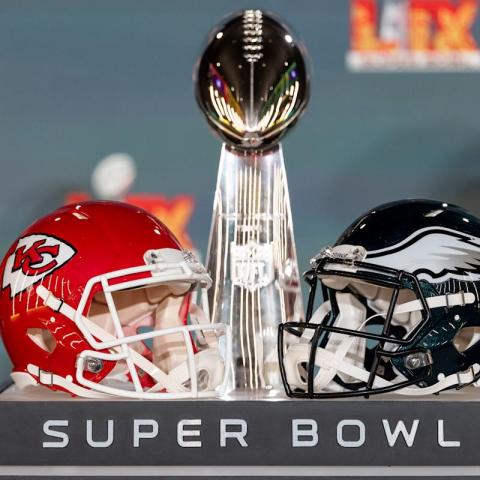A federal judge just approved a monumental change for college sports, allowing schools to begin compensating their athletes with millions of dollars. This shift shakes up the long-standing amateur model that has been in place for over a century.
This change comes nearly five years after Arizona State swimmer Grant House challenged the NCAA and major conferences to allow athletes to share in the revenue generated by their sports. U.S. Judge Claudia Wilken has now approved a settlement that resolves various issues, including restrictions on team rosters that threatened walk-on athletes’ chances to compete.
Under the terms of this settlement, schools can share up to $20.5 million with their athletes over the next year. Additionally, about $2.7 billion will be distributed over the next ten years to those who couldn’t earn a share earlier.
This marks a significant shift for the 1,100 member schools of the NCAA, which encompass nearly 500,000 athletes. Athletes have been the backbone of this multibillion-dollar industry, particularly in football and basketball. The NCAA President, Charlie Baker, noted that this agreement could stabilize college sports as they evolve.
Wilken’s ruling builds on her earlier decisions that began the movement toward athletes earning money for their name, image, and likeness (NIL). Just four years ago, the NCAA opened the doors for NIL payments, but this latest development is even more dramatic.
As the settlement became more concrete, schools scrambled to figure out how to finance these payments while keeping an eye on compliance with new regulations. An independent enforcement group, facilitated by Deloitte, will oversee this compliance.
A notable change involves shifting some oversight from the NCAA to the four largest conferences: the ACC, Big Ten, Big 12, and SEC. These conferences now hold significant influence, particularly as college football generates substantial revenue outside NCAA-sanctioned events like March Madness.
Wilken’s ruling paused the deal for a moment due to concerns from players who faced cuts due to new roster limits. Ultimately, a resolution allowed athletes cut from teams to return to their old schools or transfer without penalties, which Wilken deemed essential for ensuring fairness.
The impact of these changes is still unknown. North Carolina’s athletic director, Bubba Cunningham, emphasized a commitment to provide great experiences for all student-athletes.
While big stars in football and basketball are set to benefit significantly—like Michigan quarterback Bryce Underwood, whose NIL deal is valued between $10.5 million and $12 million—walk-on athletes may find themselves at a disadvantage. The future of many Olympic sports, often populated by these athletes, also hangs in the balance.
The attorneys behind the settlement argue that they have met their goal: ensuring that players share in the wealth their efforts create. However, there’s still concern about ongoing litigation, as discrepancies between state laws on NIL could lead to more legal challenges. Baker has called for federal legislation to unify these rules and provide protections against any future disruptions.
As college sports adapt to these changes, all eyes will be on how it affects both the athletes and the institutions moving forward.
For more details on college sports developments, visit AP News: AP College Sports.
Source link
NCAA Women's Division I Basketball Championship, Sports, College sports, U.S. news, General news, Article, 122598410


















